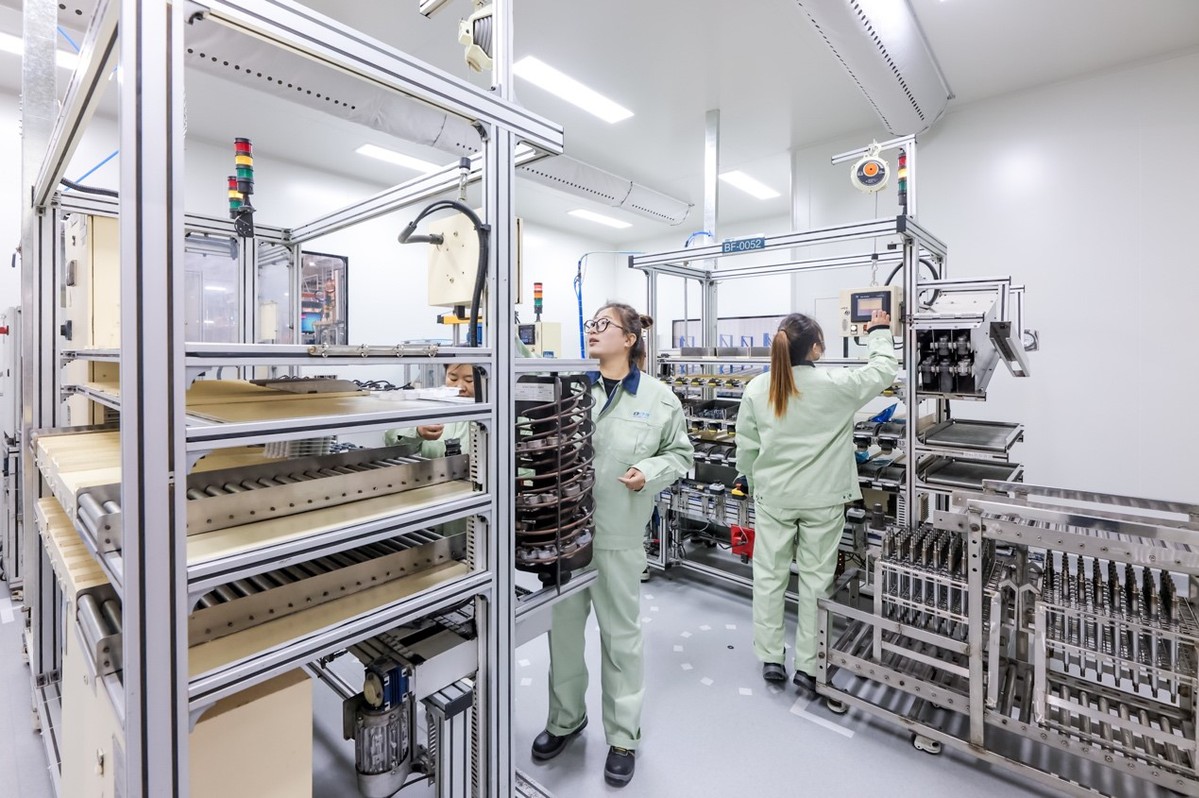
Technicians work at a dust-free workshop at BWI’s production base in Zhangjiakou, Hebei province. [Provided to chinadaily.com.cn]
BWI Group held the start of production ceremony last week for its manufacturing base in Zhangjiakou, Hebei province, as the Chinese automotive supplier speeds up its carbon-neutral strategy.
The base, which is BWI’s largest in the world, covers 170,000 square meters. When all the three phases are finished, it can produce 6 million smart suspensions a year, said the company.
The company has 10 production bases across the globe, with five of them in China.
BWI is a tier-1 full-service supplier of intelligent chassis systems, designing and manufacturing brake and suspension systems for the global transportation market.
It sells products to more than 50 passenger vehicle brands globally, including Audi, BMW, as well as BYD, Cadillac, Ferrari and Lamborghini.
The Zhangjiakou base is the latest effort of BWI’s goal to achieve carbon-neutral production by 2027 and net-zero greenhouse gas emissions by 2050 across its supply chain.
George Chang, board director and global CEO of BWI, said the Zhangjiakou base was optimized for intelligent assembly and green building standards from its blueprint through its construction process.
The base is equipped with sustainable development features such as rooftop photovoltaic for green power generation, solar hot water systems, and LED energy-saving lamps for the workshop.
The entire photovoltaic roof area will reach 22,000 square meters after the completion of the plant. The installed capacity totals about 2 megawatts, which will generate green power of nearly 2 million kWh annually.
The base’s photovoltaic roof alone will directly cut carbon dioxide emissions by about 1,200 ton per year, said Chang.
“BWI Group is actively taking the responsibility of corporate citizen as a key link in the auto industry upstream value chain,” said Chang.
“We launched concrete measures worldwide in all our sites to empower customers to realize their carbon emission goals,” he said.
